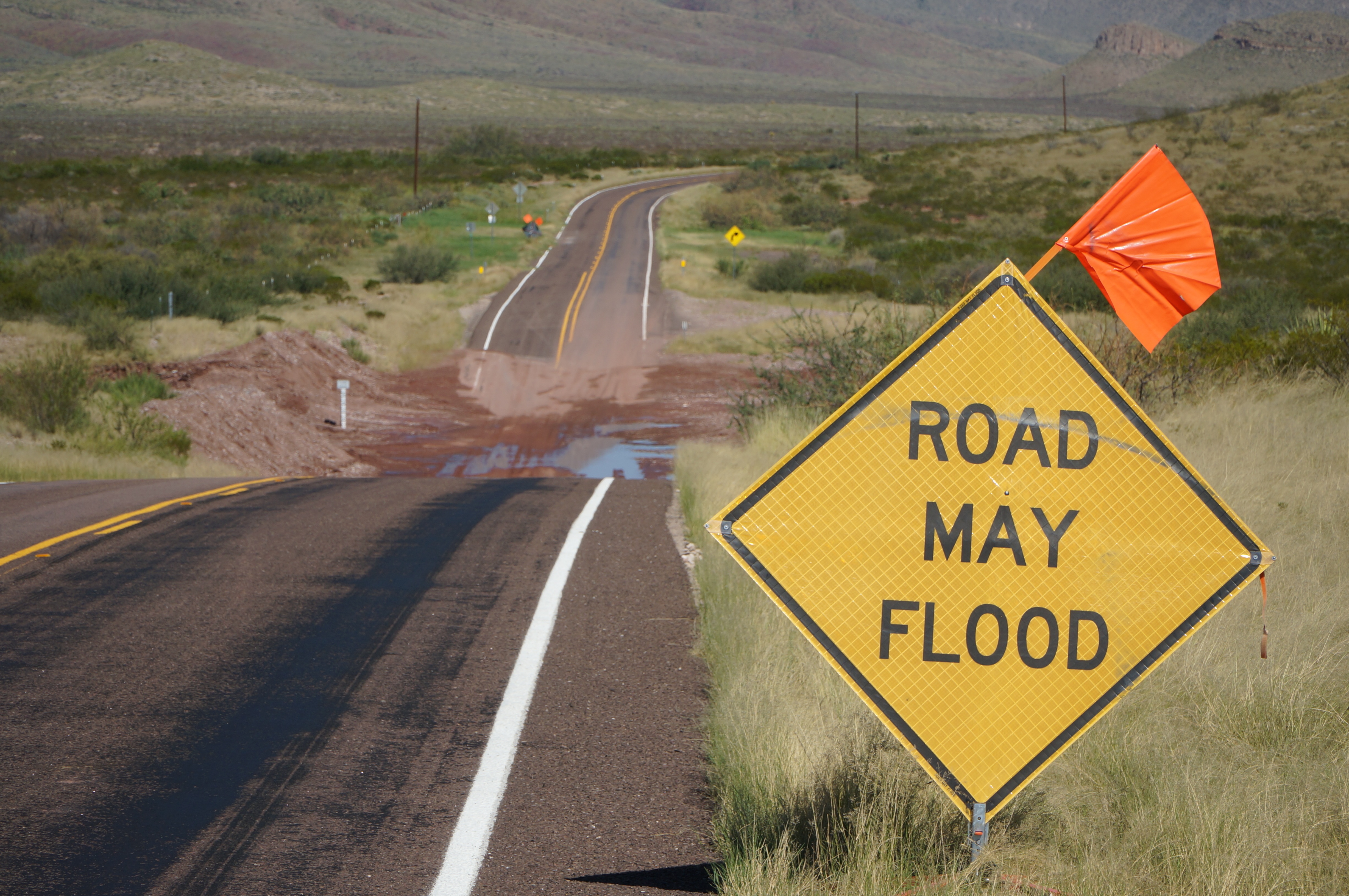On January 30, President Obama issued Executive Order 13690, “Establishing a Federal Flood Risk Management Standard and a Process for Further Soliciting and Considering Stakeholder Input.”
The new Executive Order amends the existing Executive Order 11988 on Floodplain Management and adopts a higher flood standard for future federal investments in and affecting floodplains. This includes projects where federal funds are used to build new structures and facilities or to rebuild those that have been damaged. These projects ensure that buildings are constructed to withstand the impacts of flooding, improve the resilience of communities, and protect federal investments.
Future federal investments in and affecting floodplains will be required to meet the level of resilience established in the new Federal Flood Risk Management Standard. Additional input from stakeholders is being solicited regarding how federal agencies will implement the new standard. A draft version of Implementing Guidelines is open for comment until April 6, 2015.
This standard requires agencies to consider the best available, actionable science of both current and future risk when taxpayer dollars are used to build or rebuild in floodplains. According to the Federal Emergency Management Agency, on average, more people die annually from flooding than any other natural hazard. Further, the costs borne by the federal government are more than any other hazard. Between 1980 and 2013, the U.S. suffered more than $260 billion in flood-related damages, and water-related disasters account for approximately 85% of all disaster declarations.
The standard establishes the flood level to which new and rebuilt federally funded structures or facilities must be resilient. In implementing the standard, agencies will be given the flexibility to select one of three approaches for establishing the flood elevation and hazard area they use in siting, design, and construction. Approaches include:
- Utilizing best available, actionable data and methods that integrate current and future changes in flooding based on climate science;
- Two or three feet of elevation, depending on the criticality of the building, above the 100-year, or 1%-annual-chance, flood elevation; or
- 500-year, or 0.2%-annual-chance, flood elevation.






